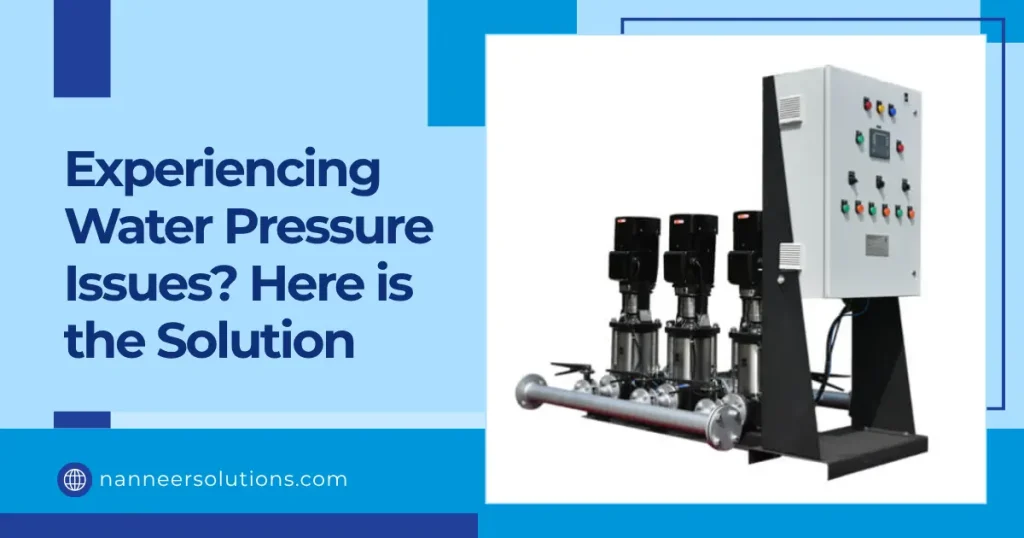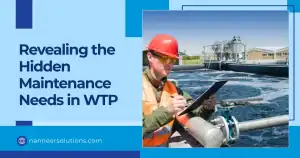The Fundamental Challenge: Why Water Pressure Fails
Traditional water supply systems rely solely on gravity and municipal pressure, which prove inadequate for modern building demands. As water travels through pipes to higher floors, pressure naturally diminishes. During peak usage periods, simultaneous water demands from multiple outlets cause dramatic pressure fluctuations, compromising functionality and resident satisfaction.
This pressure volatility creates tangible problems, including weak showers, slow-filling toilets, and inefficient cooling systems. In critical facilities like hospitals, it also poses potential safety hazards. The solution requires a system that actively maintains pressure regardless of demand variations—this is where hydropneumatic technology excels.
The Intelligent Three-Component System
A hydropneumatic pressure boosting system comprises three core components working in perfect orchestration to maintain consistent pressure:
1. The Pressure Sensing Network
Intelligent pressure sensors continuously monitor water pressure throughout the distribution system in real-time. These sensors detect even minute pressure variations, serving as the system’s “nervous system.” When pressure drops below the predetermined threshold—typically 2.5 to 3.5 bar, depending on building requirements—the sensors immediately trigger an action.
2. The High-Performance Booster Pump
Upon receiving signals from pressure sensors, electric booster pumps activate automatically to restore pressure. These specially designed pumps are optimized for quick response and variable-speed operation, enabling them to adjust their output in real-time based on changing pressure requirements.
Unlike traditional fixed-speed pumps that operate at full capacity regardless of demand, modern hydropneumatic systems utilize variable frequency drives (VFDs) that enable pumps to match their output precisely to current demand. This means:
- Maximum efficiency during low-demand periods
- Rapid pressure boost during peak usage times
- Minimal energy waste from unnecessary pump operation
- Extended pump lifespan through optimized duty cycles
3. The Hydropneumatic Pressure Tank
The system’s heart lies in the specially designed pressure tank, typically divided into two chambers. One chamber stores water at high pressure, while the second contains compressed air acting as an invisible pressure cushion.
As pressure builds in the tank, the compressed air absorbs the pressure, allowing the tank to store energy efficiently. When demand increases and pressure drops, the compressed air releases gradually, maintaining steady pressure flow. This air-water relationship prevents pressure spikes and eliminates the water hammer effect that damages pipes and fixtures.
The Four-Step Pressure Maintenance Cycle
Understanding how the system maintains pressure requires following its elegant cycle:
- Demand Detection: When residents use water simultaneously—such as multiple showers, filling a pool, or operating irrigation systems—the pressure sensors immediately detect the pressure drop.
- Rapid Response: Within milliseconds, the system activates booster pumps, which draw water from storage and pressurize it. The variable-speed pumps adjust their output to match demand precisely.
- Pressure Building: As pressurized water fills the tank’s water chamber, the compressed air provides resistance, effectively building pressure. The pump operates until the pressure reaches the desired setpoint—typically 3.5 to 4.5 bar.
- Automatic Regulation: Once desired pressure is achieved, the pump slows or stops automatically. However, if demand continues, the pump reactivates instantly. If demand decreases, the air cushion releases pressure gradually, maintaining consistency without overshooting.
Why This Design Ensures Consistency
Traditional pump systems operate in two modes: either completely on or completely off, resulting in pressure fluctuations. Hydropneumatic systems work differently—they maintain a narrow pressure band, constantly fine-tuning pump operation to stay within this optimal range.
Additional Performance Advantages
Beyond consistent pressure, this system architecture delivers multiple operational benefits: energy consumption decreases significantly because variable-speed pumps operate at reduced capacity during periods of low demand. Pipe erosion diminishes when pressure remains stable rather than fluctuating dramatically. Fire suppression systems receive reliable, consistent pressure when needed. The air chamber reduces water hammer that would otherwise damage pipes and connections.
The Industry Standard Choice
Hydropneumatic pressure boosting technology has become the preferred solution across residential, commercial, and industrial sectors precisely because of its reliability, efficiency, and consistency. From luxury high-rises to hospitals, data centres to agricultural irrigation systems, this technology proves its value daily.
Nanneer Solutions specializes in designing and installing hydropneumatic pressure boosting systems tailored to specific building requirements. Their expertise ensures your facility receives the optimal pressure maintenance solution for consistent, reliable water distribution that meets modern performance expectations.





